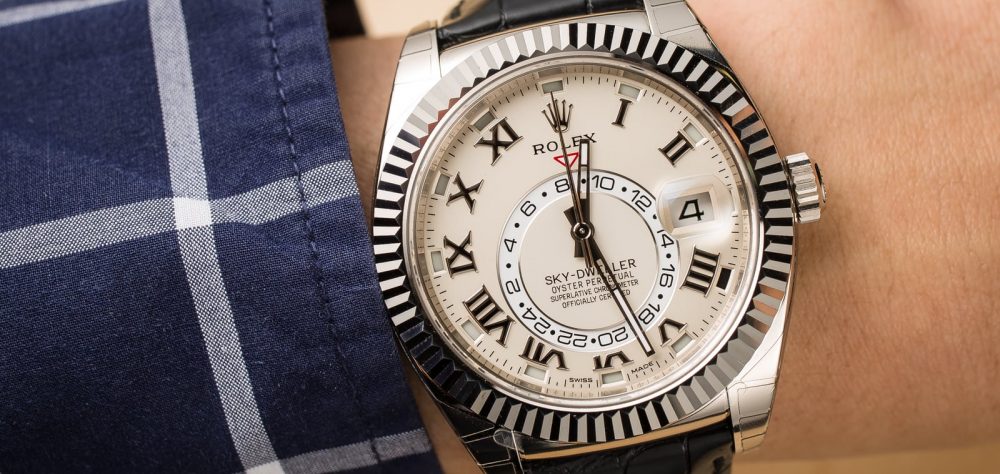
Saxonia Thin by A. Lange & Söhne (5.90mm) Replica Watches UK
Even though there is no accepted definition of an extra-thin timepiece, Rolex Replica watchmakers nonetheless strive to skim valuable millimetres from movements, as evidenced by this autumn’s models. Something to slip under the Christmas tree, perhaps.
An emblematic figure of the Enlightenment, Pierre-Augustin Caron de Beaumarchais (1732-1799) is remembered as a musician, a poet and a playwright to whom we owe, among other works, The Barber of Seville and The Marriage of Figaro, the inspiration for Mozart’s opera, Le nozze di Figaro. But these weren’t the only strings to his bow. Beaumarchais was also a talented watchmaker, the inventor of the double virgule escapement who searched for ways to reduce the thickness of the UK Omega Replica watches of his day. He succeeded, to some extent, thanks to the findings of his brother-in-law, Jean-Antoine Lépine (1720-1814). The latter developed a new type of calibre that dispensed with one of the two plates and instead used bridges to support the moving parts. In what would become known as the Lépine calibre, a cylinder escapement also replaced the fusee. A new era of thinness could begin.
The battle of the bulge

For two centuries, this race to produce ever thinner timepieces has continued apace. While they may not openly admit it, manufacturers are engaged in an all-out battle for the title of “thinnest watch in the world.” (see Not one but two records in 2013). The problem being that there is currently no standard governing this category of timepiece, hence a certain amount of confusion as to what constitutes movement height and whether this is measured with or without hands, with or without case. This horological sleight of hand nonetheless remains a spectacular tour de force as well as a symbol of ultimate classicism in Breitling Replica Watches that display the time, and nothing but the time.
Thinner than any other timepiece on the market, these watches are an expression of supreme luxury and require an absolute command of micromechanics. When parts are no thicker than a few tenths of a millimetre, and tolerances contained within one micron, a movement is necessarily more fragile than a stockier counterpart would be. Only a handful of makers can claim the expertise they require.
Complexity of form not function
A number of manufacturers have distinguished themselves in this domain. Recent months alone have brought the Saxonia Thin by A. Lange & Söhne (5.90mm), L.U.C XPS 125th Anniversary Edition by Chopard (7.13mm), Master Ultra Thin 41 from Jaeger-LeCoultre (7.48 mm), Tonda 1950 by Parmigiani (7.80mm), Split-Seconds Monopusher Chronograph from Patek Philippe (10.15mm), Emperador Coussin Ultra-Thin Minute Repeater by Piaget (9.40mm), Historique Ultra-Fine 1968 by Vacheron Constantin (5.40mm), Heritage Ultra Thin from Zenith (8.30mm) and the Audemars Piguet Royal Oak Extra-thin Selfwinding. Not forgetting Blancpain, Cartier, Hublot, Richard Mille or Van Cleef & Arpels, the authors of their own feats of thinness. Some fifteen Maisons in all are engaged in this pursuit of elegance, whereby a timepiece and any complications must take the most comfortable, meaning the thinnest, form possible. As slight as they may be, these ultra-thin watches are a counterweight to the XXL exuberance adorning wrists these past few years, where technique takes on oversized proportions. These timepieces give wafer-thin form to an almost obsessive desire to prove that watchmaking is able to express its mastery of complications elsewhere than in functions. In this respect, these movements demonstrate a savoir-faire that has yet to reveal all its secrets.
